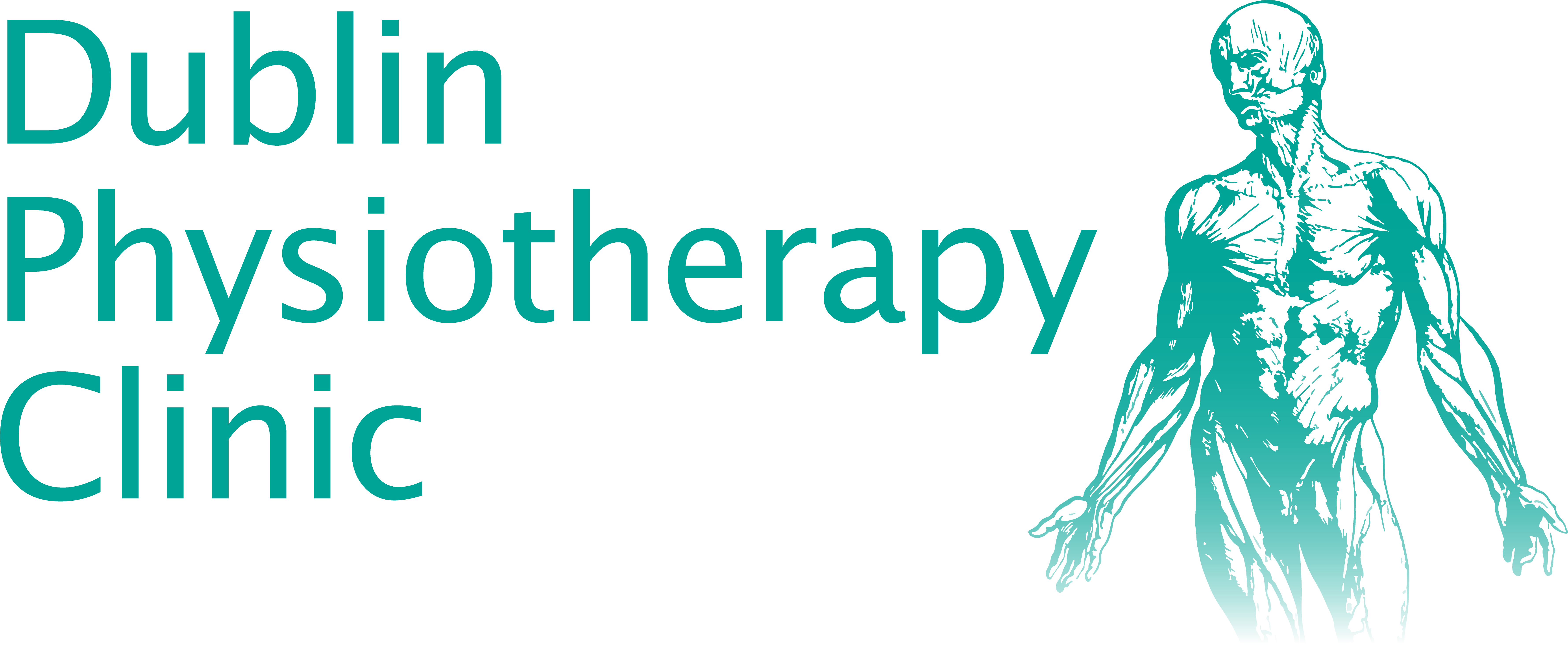We talk about another controversial topic in today’s vlog with David Fitzgerald as the practitioner discusses the “patient -therapist relationship” and how this can successfully help with recovery.
Like every week, we will go over the topic of the day in this article, however, if you would like to know more about what David had to say, make sure you watch the full video below!
Long time practitioner and physiotherapist David Fitzgerald is specialised in treating a variety of conditions thanks to the extensive knowledge he has gained through the years. Despite the various skills in his “toolbox”, as David says, he believes that this is just the tip of the iceberg when talking about recovery. While physiotherapy can be beneficial for the patient’s treatment, many practitioners have found that what really helps the recovery process is finding out what really motivated their patients and pushing them, not only in a physical way, but also mentally.
Identifying what the difficulties are for each patient is a key element, which should be incorporated in every rehabilitation programme. Of course, it is essential for patients to trust their therapist, creating a bond of which will benefit their health and recovery process.
How can patients trust their therapist?
The first factor influencing this bond of trust between patient and therapist is knowledge; patients will tend to trust more a therapist that seems to know what they’re talking about. On a more individual level, therapists should make sure to listen to the patient’s story, picking up on the salient points, relaying the information back to the patients when necessary to show understanding of their situation.
As David explains, in fact, some patients might have an extreme perspective of what’s wrong with them, which might actually be something quite simple. In situations like this, it is essential for therapists to show an understanding of their case, reassuring the patients that their treatment might be easier than what they thought.
The next milestone in a strong patient-therapist relationship is mutually agreeing on goals and deciding the best way to move forward for the healing process. This is mainly based on honesty from the therapist’s side and flexibility from the patient’s. It is, in fact, essential to set milestones that are doable within the chosen timeframe and this can sometimes mean that the patient’s unrealistic expectations of a fast recovery won’t be met.
General advice to patients and clinicians
David carries on providing a few very detailed examples that will better illustrate the mechanism behind a good patient-therapist relationship, illustrating that the clinician’s openness and understanding of their patient’s situation is the most important factor. Keeping realistic expectations is essential in order to avoid disappointments, it is important, however, that the practitioner understands the patient’s situation well. An athlete, for instance, will want to get back in shape in the quickest time possible and it is the clinician’s job to do the best in their capabilities in order to help them achieve their goal.
The secret to a good patient-therapist relationship is honesty and, if both parties agree on putting effort into doing their best to meet the agreed goals, it is possible for patients to get in their ideal shape in a reasonable time frame, resulting in a great success from the therapist’s side as well.
That is it for today’s topic, make sure you keep an eye out for next week’s vlog and post and don’t forget to check out David’s previous videos!




